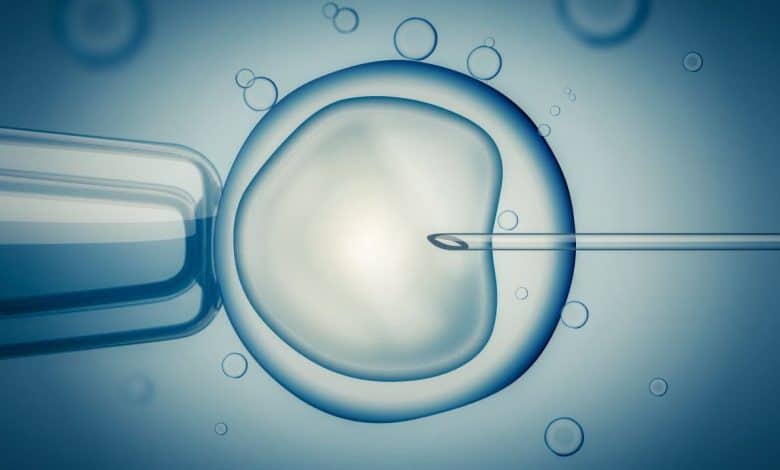Cyprus Embryo Donation

Cyprus Embryo Donation
Cyprus Embryo Donation is a process that involves the donation of embryos to individuals or couples who are unable to conceive using their own eggs and sperm. This treatment is particularly beneficial for those with severe infertility issues, genetic disorders, or recurrent IVF failures. The donated embryos are typically created from donor eggs and donor sperm, ensuring high quality and increased chances of successful implantation and pregnancy.
The process of Cyprus Embryo Donation begins with a thorough medical evaluation of the recipient. This includes assessing the uterine environment and overall health to ensure the best possible outcome. Once the recipient is deemed suitable, the embryos are carefully thawed and transferred into the uterus during a meticulously timed procedure. The advanced technologies and expertise available in Cyprus significantly enhance the likelihood of a successful pregnancy.
One of the key advantages of choosing Cyprus for embryo donation is the comprehensive legal framework and strict ethical guidelines that govern the procedure. Donors are rigorously screened to ensure they are healthy and free from genetic conditions. Additionally, the anonymity of donors is maintained, providing peace of mind and confidentiality to all parties involved.
Exploring Cyprus Egg Donation
Cyprus Egg Donation is another highly sought-after fertility treatment in the region. This procedure involves the donation of eggs from a healthy donor to a recipient who is unable to produce viable eggs. It is an ideal solution for women with diminished ovarian reserve, premature ovarian failure, or other conditions that affect egg quality.
The process of Cyprus Egg Donation begins with the selection of an egg donor. Donors in Cyprus undergo extensive medical and psychological screening to ensure they meet the highest standards. Once a suitable donor is chosen, she undergoes ovarian stimulation to produce multiple eggs, which are then retrieved and fertilized with the recipient’s partner’s sperm or donor sperm in a laboratory setting.